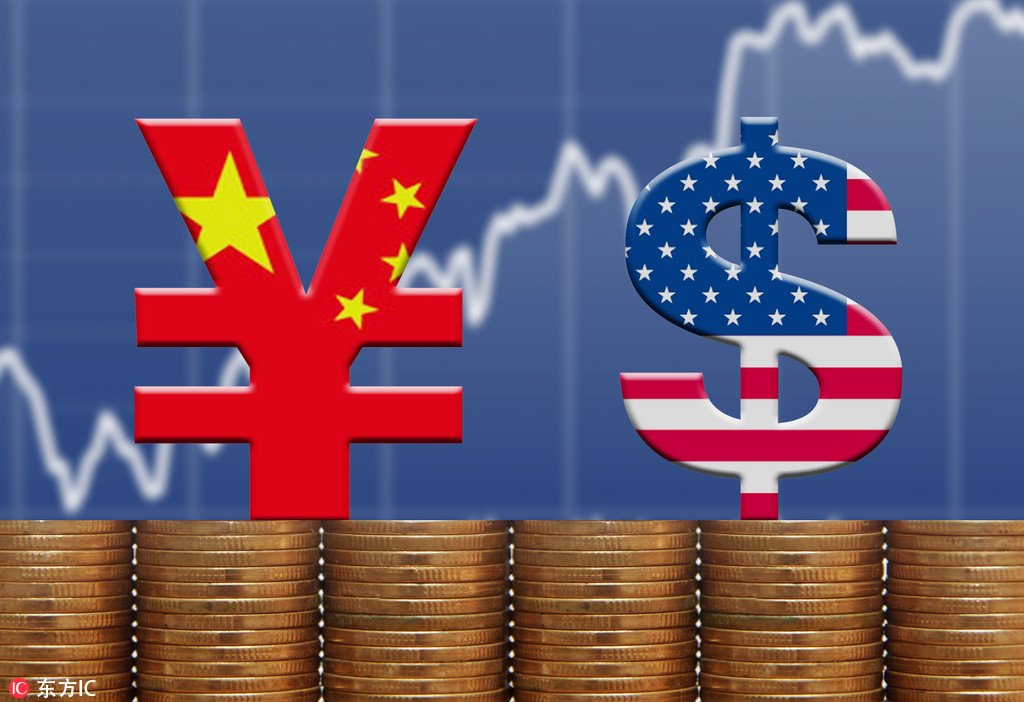Trade is war – so reads the title of a book by Yash Tandon. One need not endorse such a pessimistic view to acknowledge the far-reaching strategic implications of trade relations between the US and China. The two countries are currently negotiating on a wide set of issues. Without agreement, the US threatens to raise tariffs on imports from China, initially planned for March 1st and then indefinitely postponed by President Trump in light of the “substantial progress” achieved.
The
reports that the final deal, in the absence of last-minute surprises, should touch upon the most important issues affecting the Sino-American relationship. First, the enormous bilateral Chinese trade surplus will be partially countervailed by Beijing commitment to importing a number of US products, in particular agricultural ones (such as soybeans, corn and wheat).
Second, Chinese authorities would pledge greater protection of intellectual property rights, so far one of the most acute points of contention between the two countries, given the allegedly China-led theft of US trade secrets and the well-known transfer of technology necessary for American firms to operate in the Chinese market. Third, and relatedly, China is expected to loosen regulatory requirements for foreign companies and to ease authorisations to international investments.
Fourth, the US demanded commitment from Beijing to ensure renminbi’s stability, in order to prevent competitive currency devaluations that would further worsen US trade deficit vis-a-vis China. In exchange, tariffs on Chinese exports would not be increased as planned, and the charges against Huawei and its chief financial officer Meng Wanzhou might be dropped as (an unofficial) part of the deal.
The importance of the agreement is underlined by the extent and variety of reactions, which largely differ in identifying winners and key issues of the deal. Is Trump about to fix a long-lasting asymmetry in international trade, or is the deal a Pyrrhic victory that only allows the president to claim success on a couple of campaign promises, without addressing the roots of American structural imbalances? Is the deal asymbolic triumph of the Chinese way of managing political and economic developments, or slowing growth prospects are legitimately worrying the Chinese Communist establishment, threatened by mounting discontent?
on Bloomberg argues that the overall outcome is favorable to Chinese interests, while it undermines long-term US credibility. In fact, Chinese concessions are limited and in line with Beijing’s plans, such as reducing the deficit or improving the protection of intellectual property rights. In exchange, the United States counteracts its own interests in three related ways: first, by incentivising state-led solutions instead of pushing for greater space for market forces; second, by affecting the reputation of its judicial system, whose decisions should not be informed by political and economic considerations; third, by jeopardising its credibility in future negotiations, which will soon be needed given the fragility of the expected agreement.
The contrast between Trump’s short-term political gain and durable geopolitical risks arising from the deal is also at the centre of
’s opinion piece, which warns about the consequences on the trade conflict with the EU. The latter, in contrast with China, is not able to force its resident private companies to pursue political goals. This implies that autocracies have a relative advantage when dealing with President Trump compared to countries respecting the rule of law. The outsized relevance of the president’s personality and desire for “tweetable deliveries” in the context of trade negotiations therefore has a troubling impact on US foreign policy.
Many commentators focus on the relative importance of the part of the deal devoted to currency issues.
, on FT Alphaville, highlights the importance of deciphering what a “stable” renminbi (as demanded in the deal) actually means. Stability, indeed, could be in real or nominal terms, against the dollar or a basket of currencies, with very different implications. In fact, the Bank of China already keeps the Chinese currency within a fairly restricted band, and even more tightly since September. However, stable might also mean strong, and the deal could accordingly require China to keep the yuan below 7.0 per dollar. It is unclear though why China should willingly let the US set its exchange rate, in particular when the economy is slowing and appropriate monetary policy would probably weaken the value of its currency.
According to
a commitment to a stronger renminbi is an essential part of any deal aimed at reducing US trade deficit with China. Further depreciation cannot be an option on the table of Chinese authorities for the agreement to be credible, as a weaker yuan would further reinforce the existing dynamic which makes US imports from China relatively cheaper and US exports to China relatively pricier.
Mark Sobel endorses a similar viewpoint – a chapter on currency stability is a key part of a trade deal. However, such a chapter must solve several critical issues. First, a deal can be advisory or binding. The US administration, also in light of the record of past non-binding commitments from the Chinese authorities, should require more than agreement on mere guidelines. Accordingly, China and the US have to agree on ways to enforce such agreement. Second, as mentioned above, the policy translation of currency stability has to be clarified, along with the admissible range of fluctuation for the renminbi-dollar rate. There should also be specific provisions in case a depreciating renminbi were the sole result of American monetary or fiscal policy decisions.

